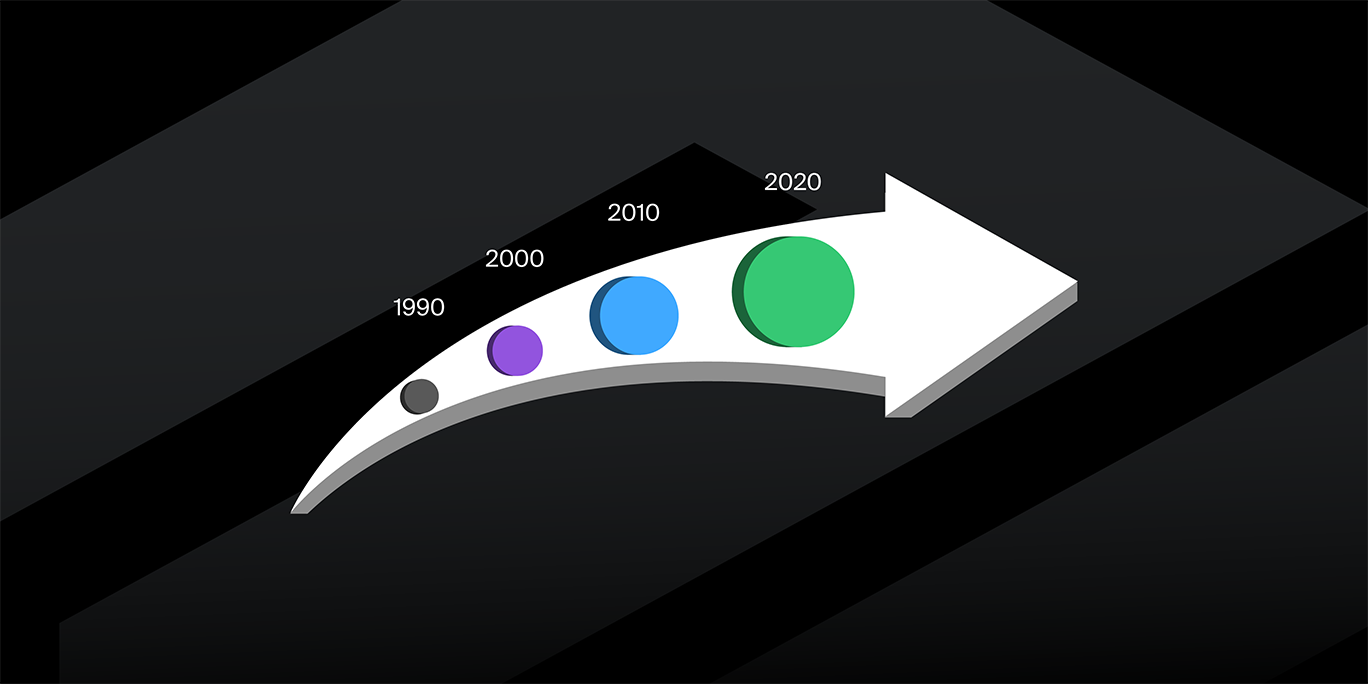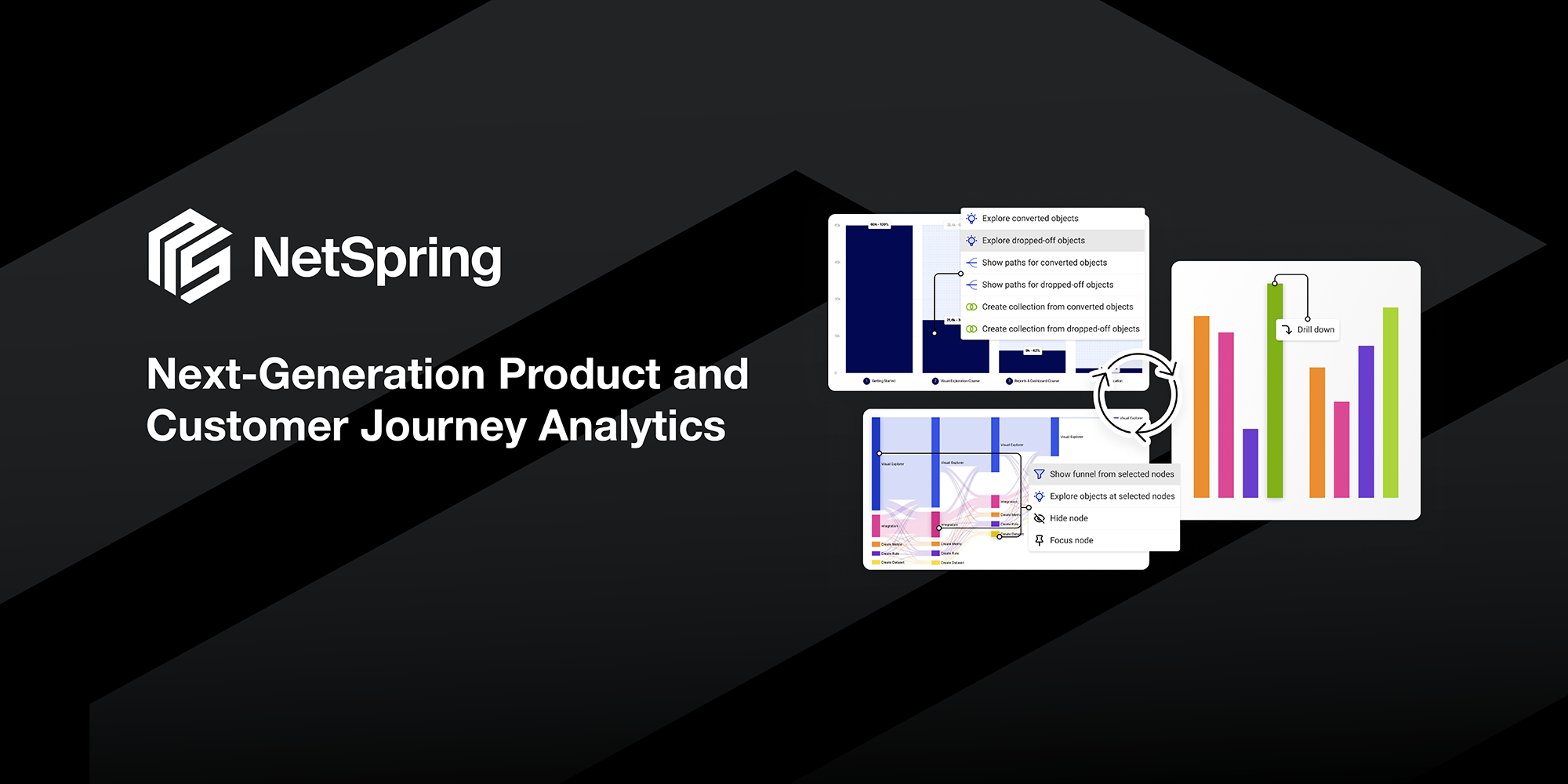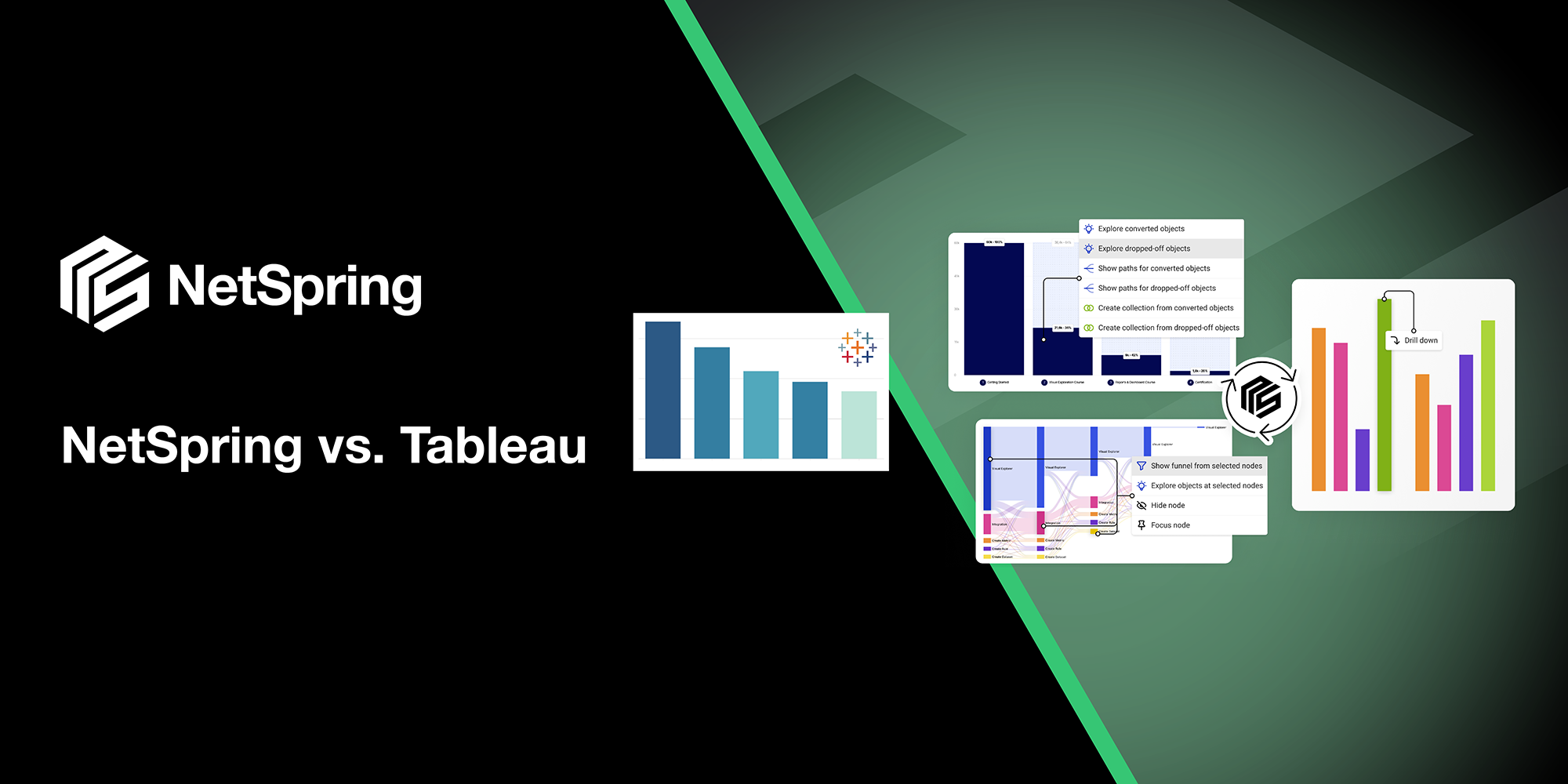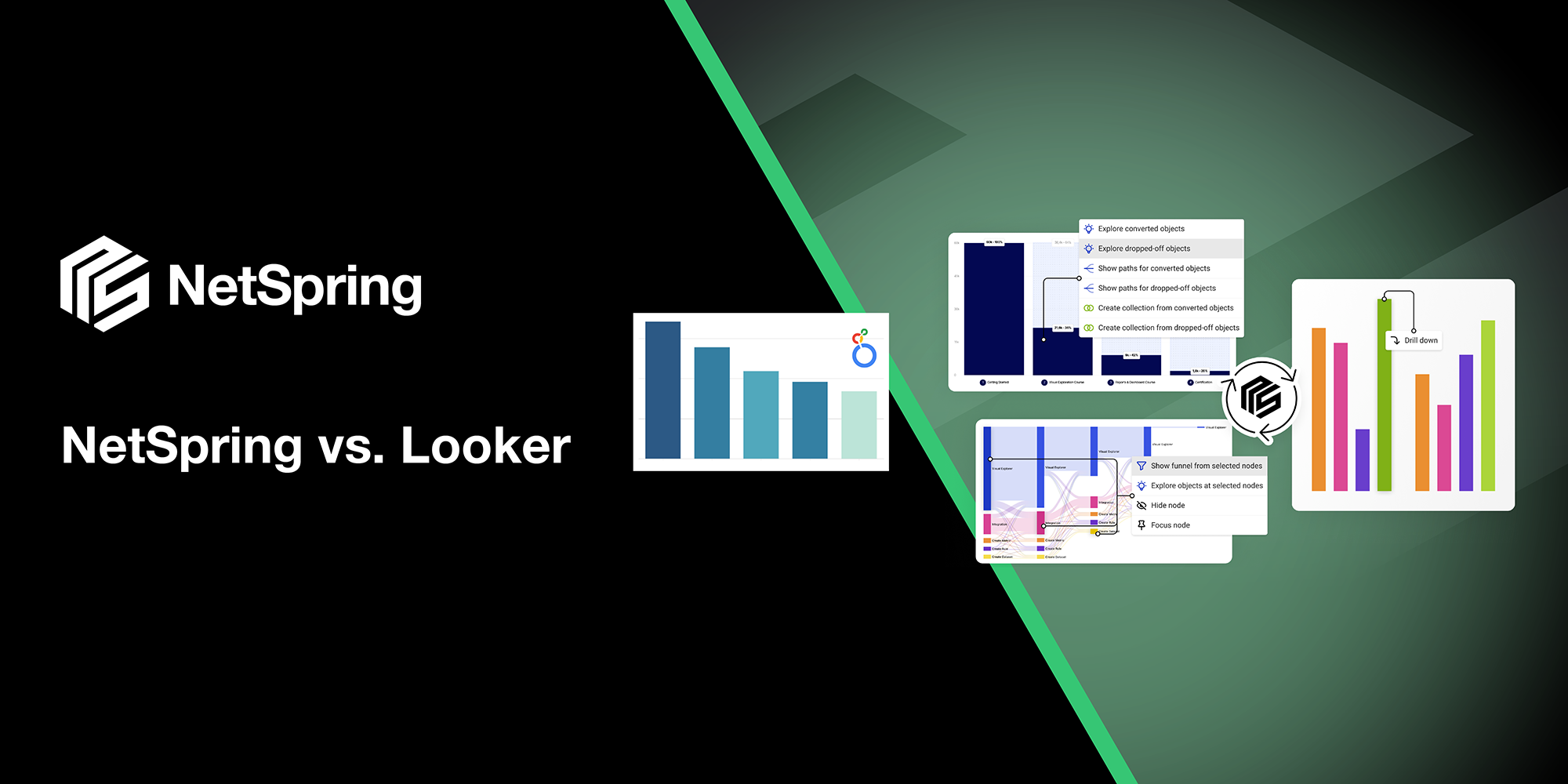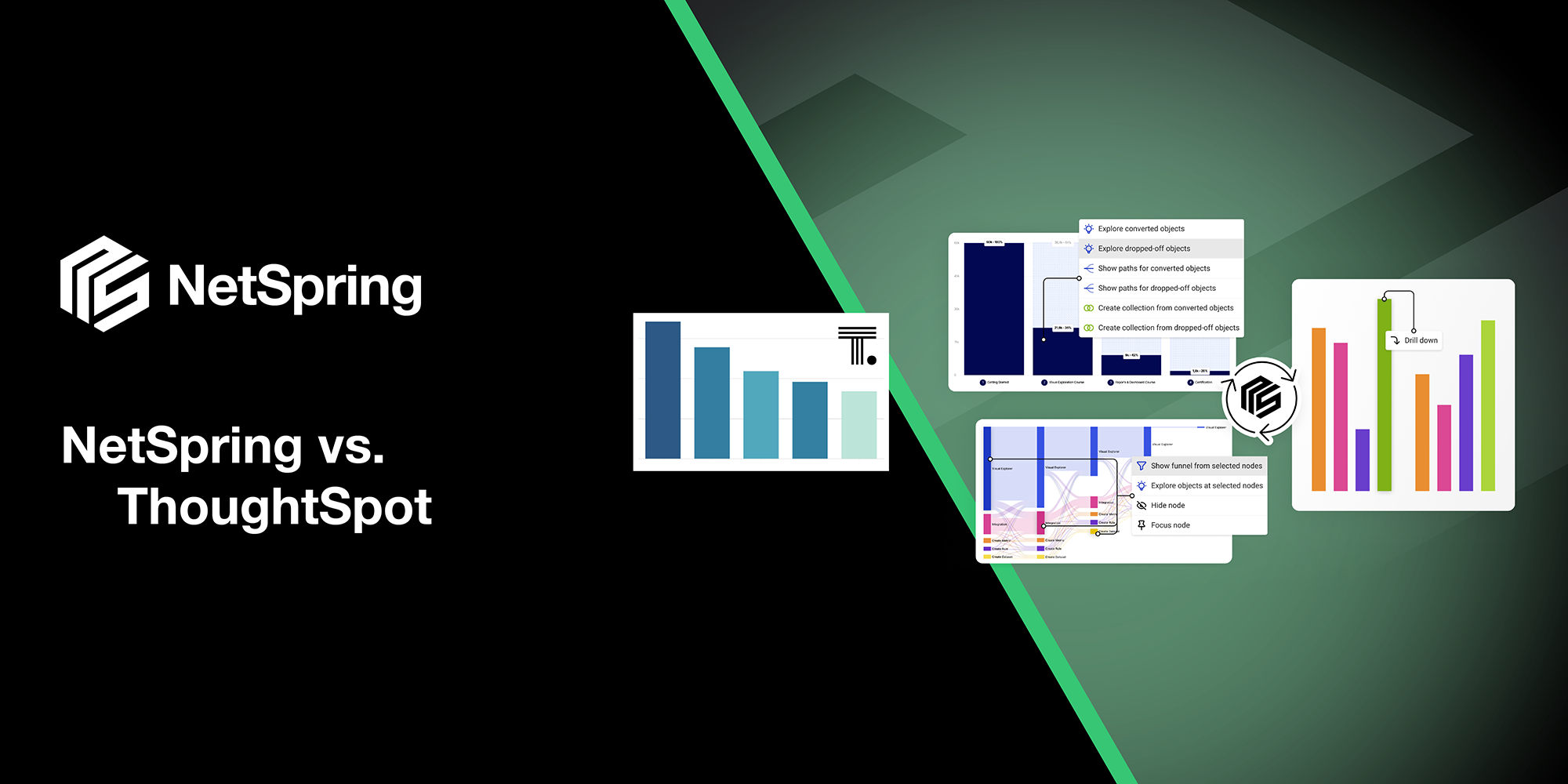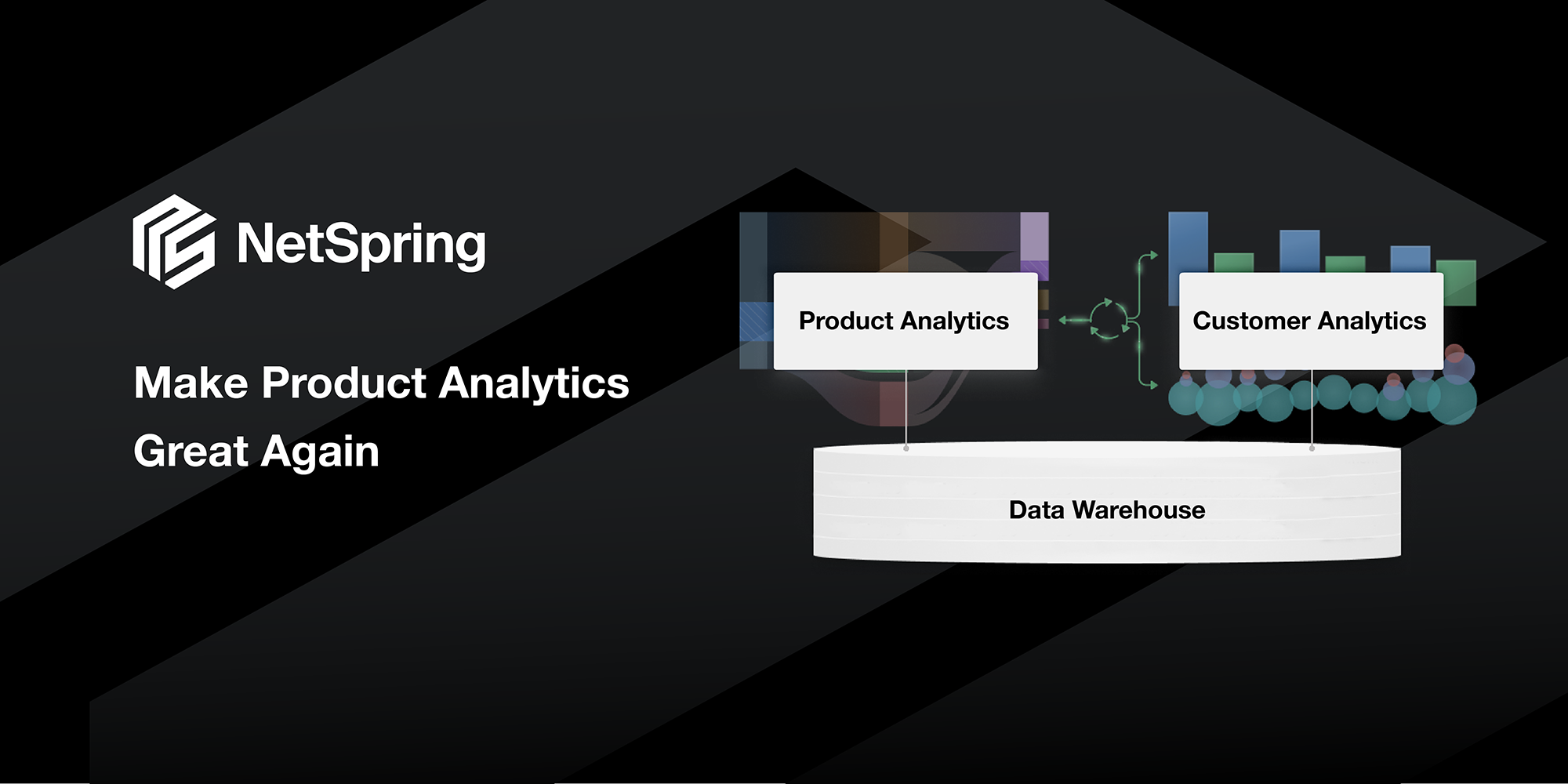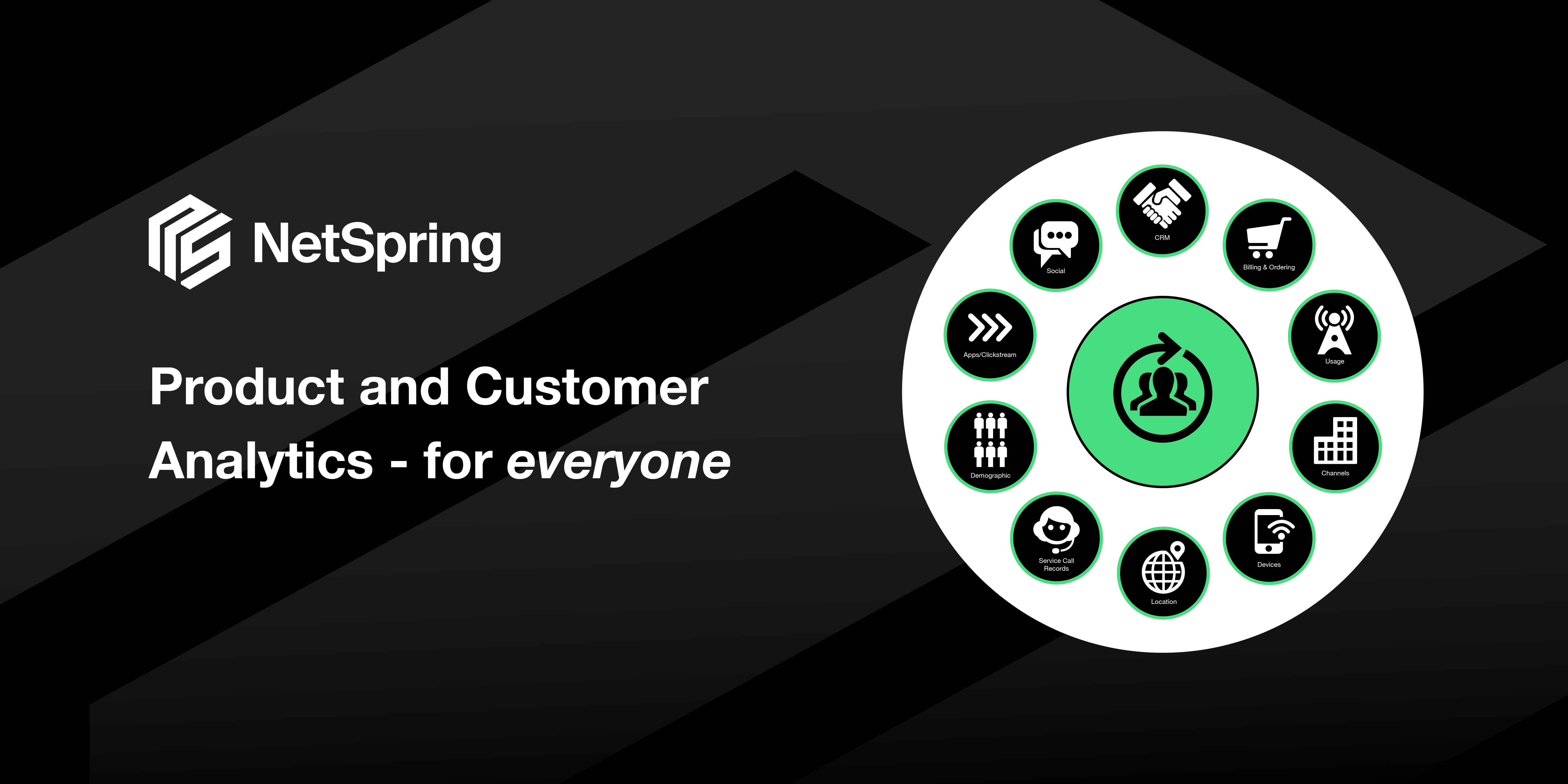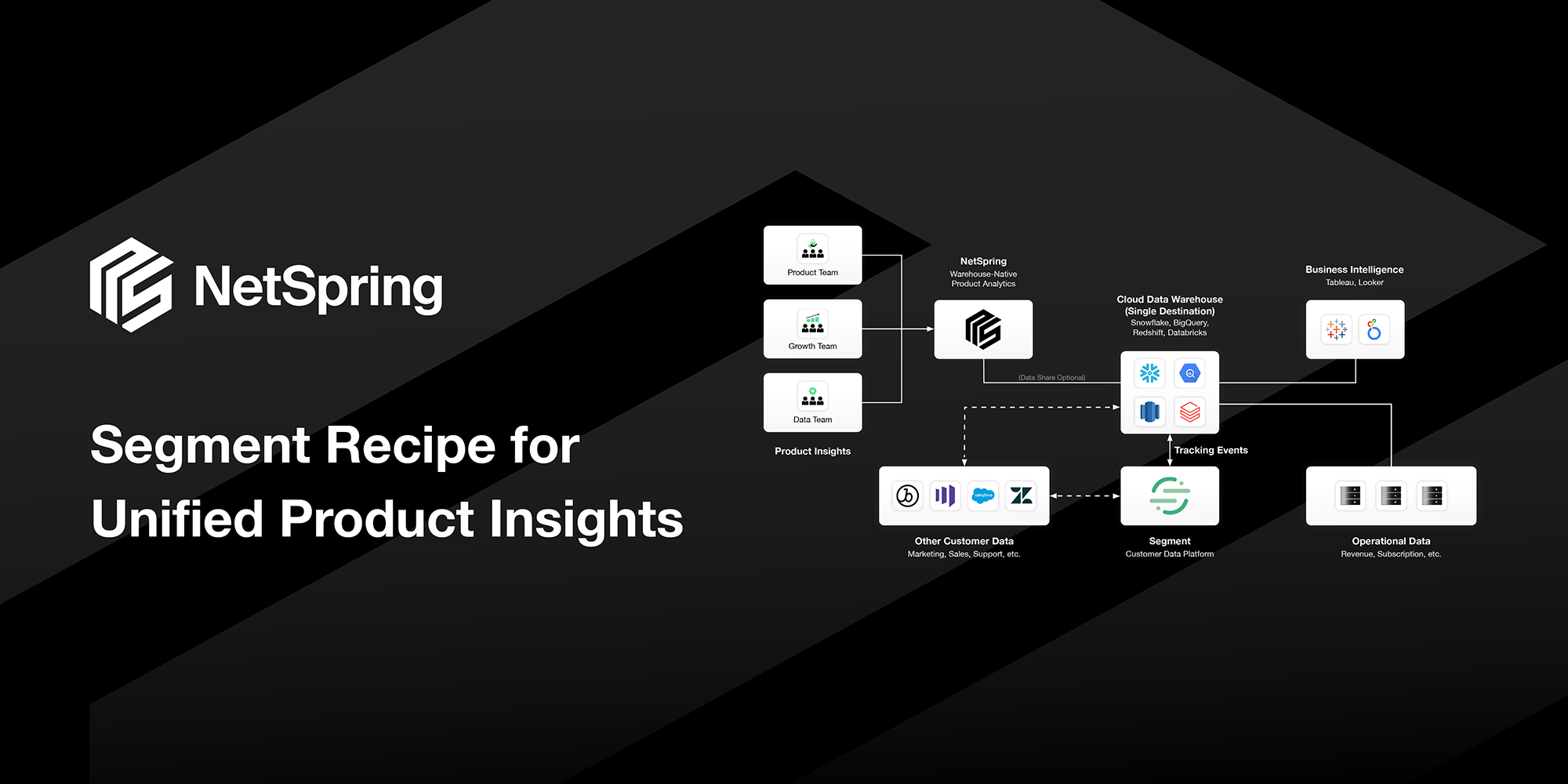Every 10 years or so, a new generation of analytics is born.
Business Intelligence (BI)
In the Business Intelligence space where I previously spent two decades, the evolution was as follows:
Gen-1 – “Big BI” like Oracle BI (OBIEE), Business Objects, Cognos. This type of BI was characterized by developing a centralized enterprise database of core business information.
Gen-2 – “Departmental BI” like Tableau, Qlik. We went from the enterprise-scale models to smaller functional models that could be more specialized, but were siloed.
Gen-3 – “Modern BI” like ThoughtSpot, Looker. Modern BI brought the best of enterprise-scale and ease-of-use, along with new paradigms such as Search and LookML.
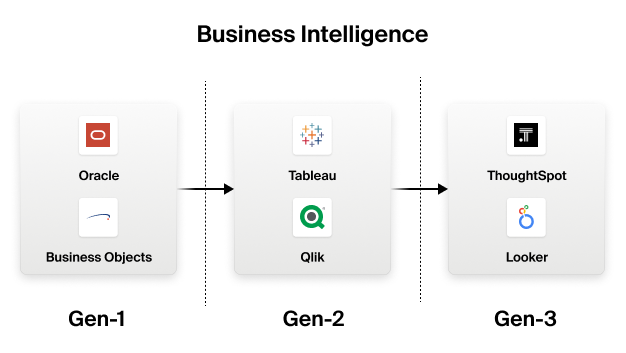
Product Analytics
Operating in the product analytics space now, I see the same kind of shift:
Gen-1 – “Website page-level analytics” like Google Analytics, Adobe Analytics. This is primarily website traffic analysis at the page level.
Gen-2 – “Product event-level analytics” like Amplitude, Mixpanel. With event-level instrumentation and analysis, companies were able to get more insight into how users interacted with products.
Gen-3 – “Behavioral analytics” like NetSpring. Companies are able to uncover behavioral patterns occurring across event-level instrumentation and any customer data. This gives them a deeper understanding of what drives both product and business metrics, such as account-level adoption, engagement, and revenue.
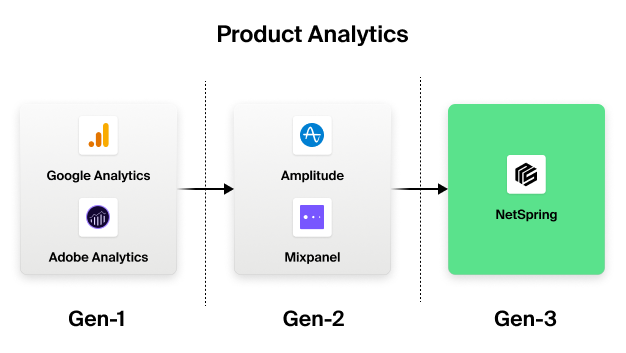
The Gen-3 of product analytics, built for today’s modern data stack, differs radically from Gen-2 in the following ways:
Data warehouse-native
Generational shifts are accompanied by fundamental architectural and paradigm shifts. Today, the data warehouse is emerging as the central repository of all data including product instrumentation data. Gen-3 product analytics works directly on data in the data warehouse without moving data out of the enterprise to the proprietary, black-box stores of Gen-2 vendors. This has huge security, governance, and cost advantages for enterprises.
Combines product analytics and BI
Gen-3 product analytics goes beyond product analytics. It unifies product analytics and modern BI. The Gen-3 approach brings the analytical sophistication of BI to the canned, templated reporting prevalent in Gen-2 product analytics. This means you aren’t just quantifying metrics anymore. You can actually go deeper with ad hoc visual exploration to get context-rich insights that explain the drivers of product and business metrics. Gen-3 moves from product analytics to behavioral analytics, for understanding the customer journey across all touchpoints, and the influence of all business functions serving those touchpoints.
Experience Gen-3 product and behavioral analytics with NetSpring. Contact us to get a live demo.


